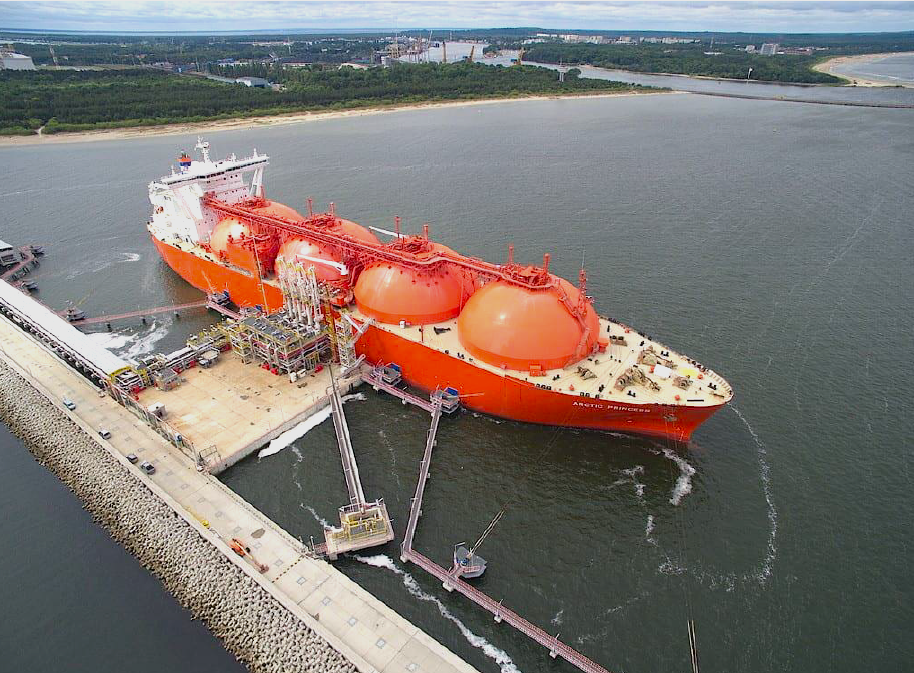Natural gas as well as LNG, play a crucial role in the energy transformation in the industrial and transport sectors, which can significantly reduce costs, greenhouse gas emissions and improve air quality.
According to the International Energy Agency, gas used to generate electricity, emits 45% to 55% less greenhouse gases than coal. The displacement of coal-fired power plants and diesel generators, combined with gas-based electricity generation and renewable energy sources, appears to be a fast and cost-effective way to reduce greenhouse gas emissions in the energy sector while ensuring a reliable electricity supply.
Natural gas is an organic origin type of fossil fuel. It can occur in various forms of concentration: natural gas, liquid natural gas (LNG) and compressed natural gas (CNG). Nevertheless it is still the same gas with the same composition. Report of the impact of (bio)-LNG on the environment you can read -> here.
When LNG is released, e.g. from a tank onto the ground, as a result of a failure, it evaporates rapidly until the evaporation rate reaches a constant value, which largely depends on the thermal characteristics of the substrate and the heat obtained from the air. The basic problem of LNG transport is its very low temperature during transport and the negative impact on the environment as a result of spillage.

The water transport of fossil gas (LNG) substantially increases greenhouse gas emissions. Turning LNG into a liquid requires massive energy input . It is to run compressors to cool the gas to very low temperatures. Usually 10–20% of the incoming gas is burned to power the liquefaction process.



Recent Comments